Chris Sullivan looks back at the history of male grooming to ensure that post-lockdown man is ready to spruce himself up
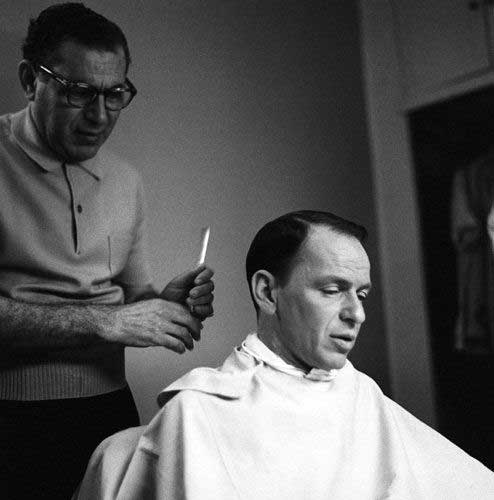
After months of lockdown, whereby a chap has been bereft of haircut, a barber’s wet shave and, for some, a manicure, many of Britain’s menfolk now resemble Robbie Coltrane as Rubeus Hagrid in Harry Potter or Giant Haystacks, rather than Terry Thomas. As such, a touch – or rather a large slab – of personal grooming is in order for the well dressed Man-Who-Can-Now-Be-About-Town, while a little investigation is certainly also in order, to remind us all of the whys and wherefores of the genteel art of male grooming.
The Collins English dictionary defines ‘grooming’ as ‘to make or keep (clothes, appearance, etc) clean and tidy; to rub down, clean, and smarten (a horse, dog, etc); to train or prepare for a particular task.’ And for most men, the particular task is to meet a lady, get a job or simply to be accepted by one’s peers. And, few can deny that grooming matters, because stepping out smelling fine, with a nice haircut and manicured, or at least shipshape and clean fingernails speaks volumes about you as a person and your intentions. Good grooming is aspirational and just a tad clever.
I’d wager that a well dressed, well groomed man would stand a better chance of getting off a charge of drunk and disorderly than a man with long scruffy greasy hair, a tatty growth of beard slovenly demeanour and dirty footwear. He’d also get a taxi late at night, the job and the girl. For common or garden heartthrobs – Frank Sinatra, Clark Gable and more recently George Clooney – have one thing in common, and that is fine grooming.
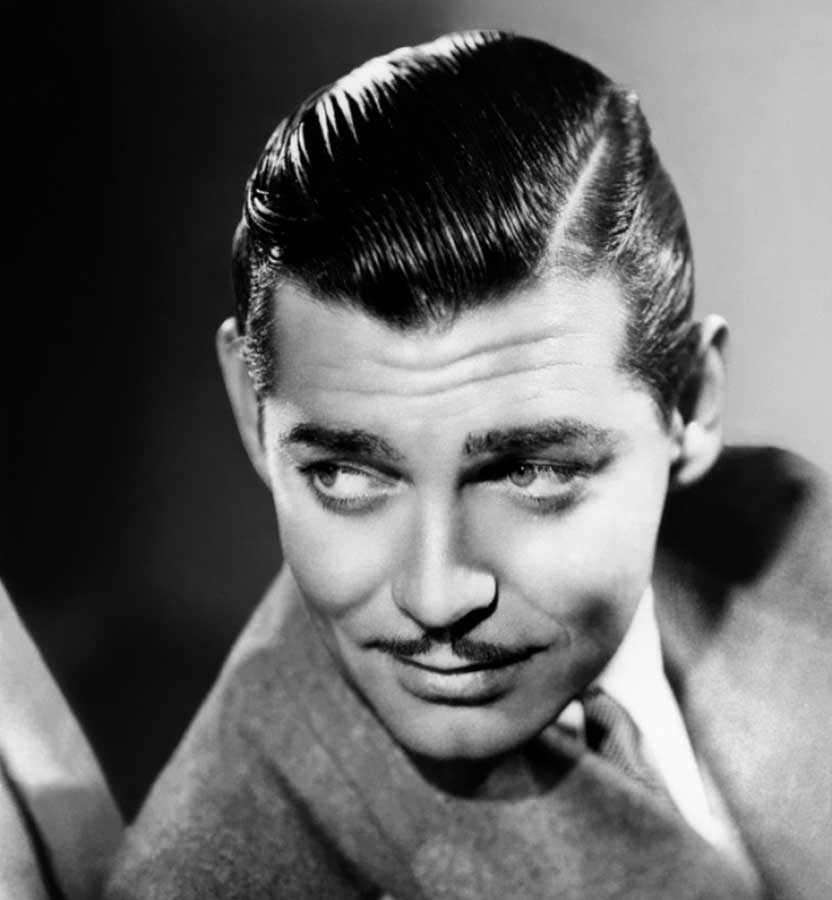
SHAVING
It is indisputable that the first thing people see when they greet you is your face. I come from a background where men shaved for work in a factory and to be unshaven was considered not only uncouth but also lazy. How often have you thought, ‘I should shave but I can’t be bothered; I’m having a lazy day.’ Recently though, prompted by a pandemic of indolence, beards are everywhere. A new survey by the University of New South Wales revealed that women perceive men with facial hair to be more attractive and better ‘father material’ than their clean-shaven counterparts. But while a big old beard was groovy three years ago, now football players sport them!
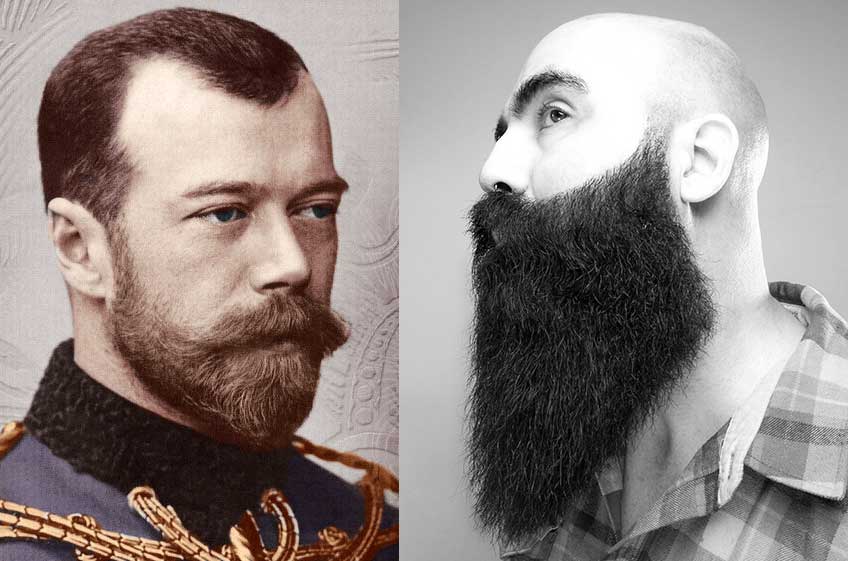
A well manicured beard can work in the classic George V style: landscaped and trimmed to a point, whereas those expansive articles that look like you’ve stuck a furry shoe box on your chin do not. I will admit that a three-day growth is acceptable today but, if you want to look sharp, you cannot beat a good close wet shave and a face like a baby’s bottom.
For thousands of years, man has fought a battle with the 25,000 hairs that constitute his facial hair, spending an average of more than 3,000 hours of his life shaving these whiskers that grow between 125 mm and 150 mm per year. The first ‘shavers’ were of course the grooming trendsetting Egyptians, who shaved both heads and beards and were so into it that they even decorated their tombs with drawings of barbers (from the Latin, ‘barba’ – beard) shops, the earliest such drawings being found on the walls of the tomb of Userhet at Sheikh Abd el-Qurna (1292 BC).
Subsequently, the Egyptians influenced the grooming habits of both the Greeks – who took to the habit around 330BC, during the reign of Alexander the Great – and the Romans, who after 296 BC, encouraged their soldiers to shave, so that enemies could not grab their beards during battle, while a young man’s first shave (tonsura) was considered anessential part of his coming of age ceremony. Initially, men scraped their hair away with clamshells stone and flint, in fact anything remotely sharp that came to hand, until some bright spark introduced bronze, copper and iron razors, prompting today’s billion-dollar industry. But back then, as in recent times, a shaved face was considered a mark of respectability while, until recent times, the height of sophistication was a man who never shaved himself.
Accordingly, unshaven societies were known as ‘barbarians’– meaning the ‘unbarbered.’ Until the 10th century, beards were de rigueur in the West until Pope Gregory VII banned beards and moustaches among the clergy and clergymen. Then in the 16th century, after Francis I of France accidentally burned his hair with a torch, men began to wear short hair and grew short beards and moustaches. As time went on, shaving became an industry, its first proper implement, the straight, or cutthroat, razor, was invented in Sheffield, England in 1680. The item subsequently reigned supreme but its implementation required much diligent practice, trial, error and a certain degree of daily bloodletting. This engendered the popularity of the essential styptic pencil – an antihemorrhagic stick that when applied to a shaving cut stops the bleeding, by contracting the tissue to seal the blood. An integral part of any man’s toilette it helps avoid stepping out with a face dotted with bloody tissue.
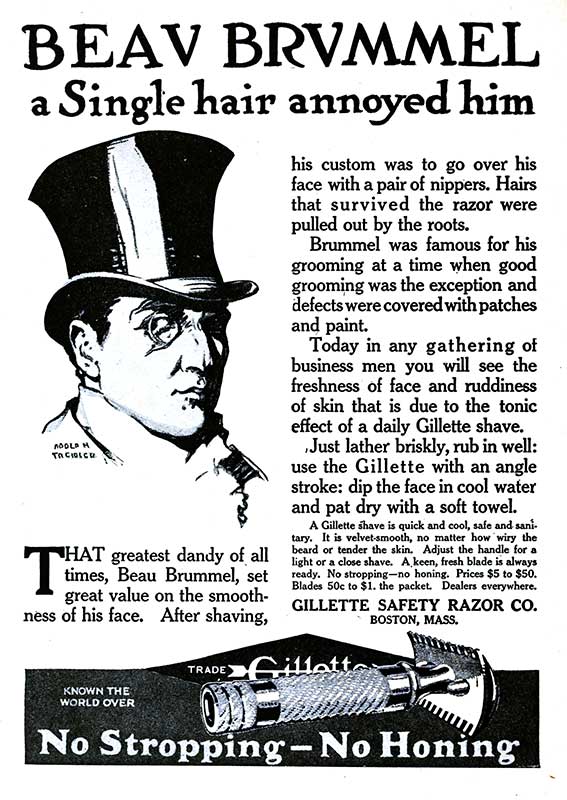
Such daily debacle prompted the invention of the basic safety razor in 1847 by William S. Henson. But the man who took the idea to another level was utopian socialist King Camp Gillette (real name) who invented the best-selling version of the safety razor in 1901, employing the thin, inexpensive, disposable blade. By 1915 he’d secured the army contract, sold some 70 million units and changed the way men shaved forever. Since then, the safety razor has developed beyond everyone’s wildest imagination, the main two brands, Gillette and Wilkinson Sword, coming up with new improved razors that include moisture bars, five blades and electric beard trimmers. The former is the 27th most valuable brand in the world and is worth $19.1 billion.
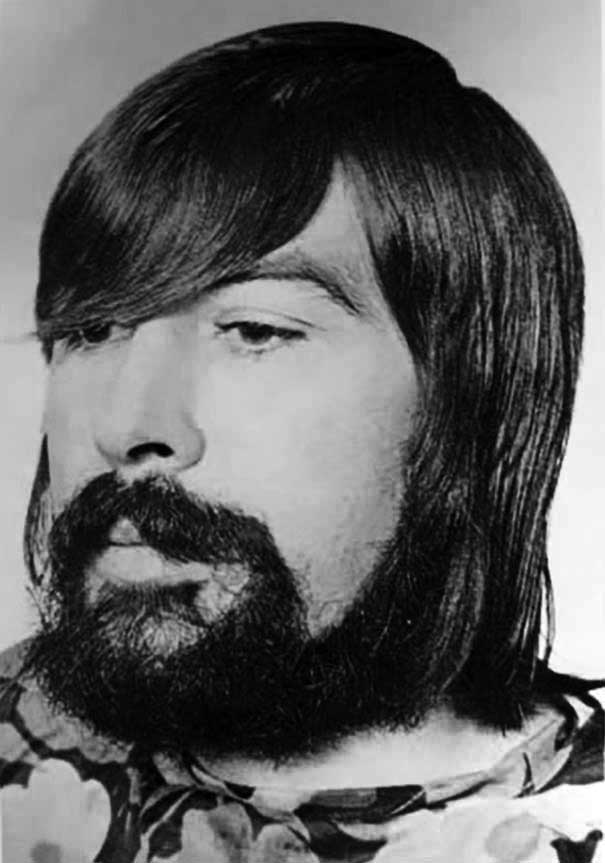
See Part Two: Creams, Colognes and After-shaves

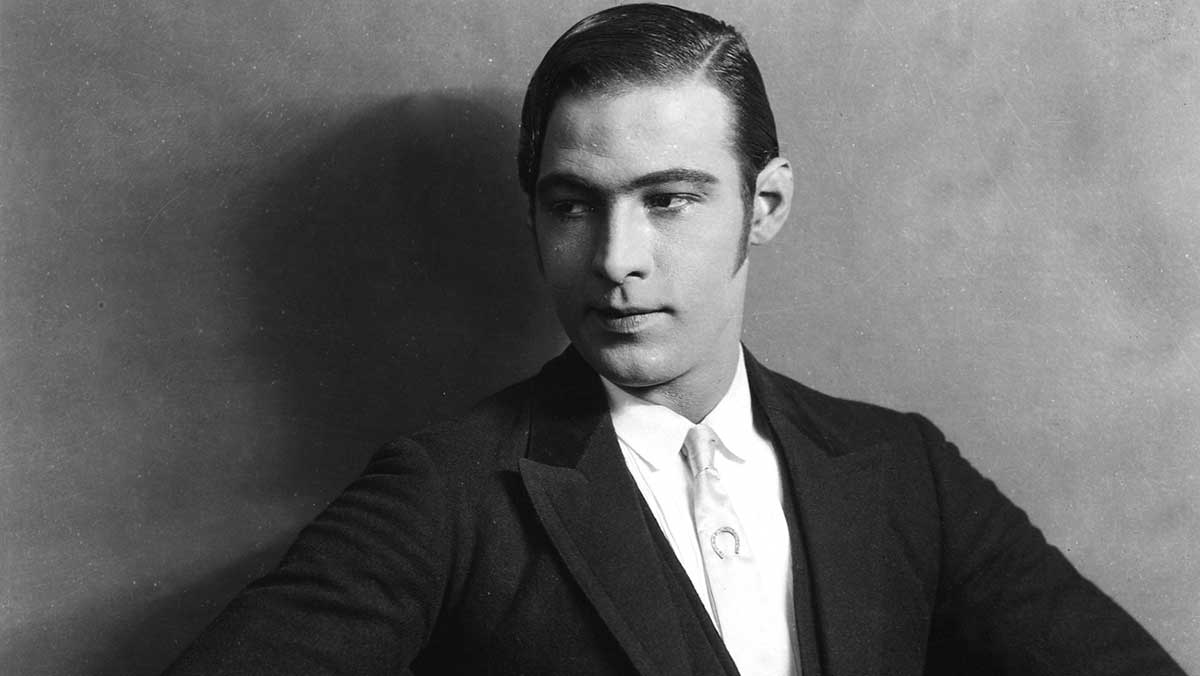
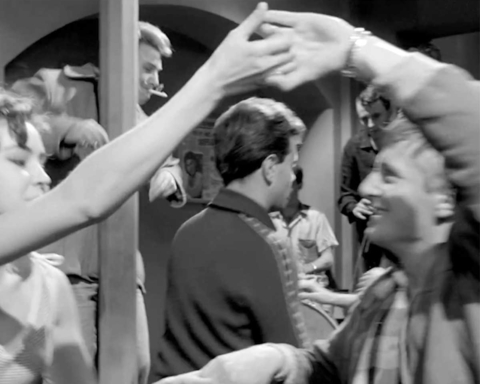

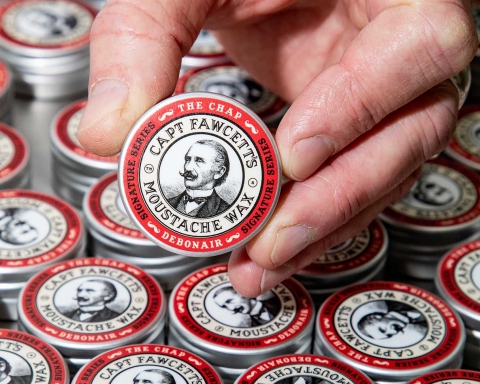

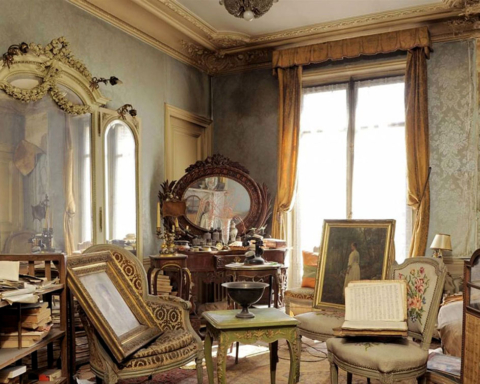
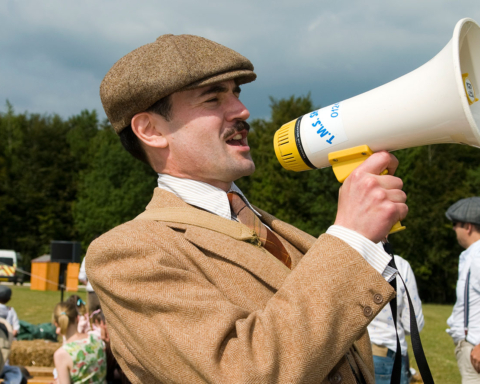
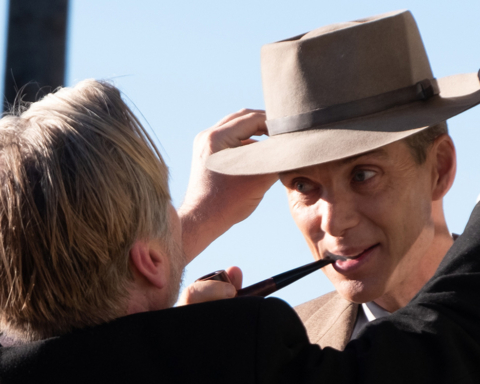

[…] Part Two of Chris Sullivan’s history of male grooming […]
All going well with the article until the ludicrous 150mm of hair growth fact. What’s wrong with six inches?